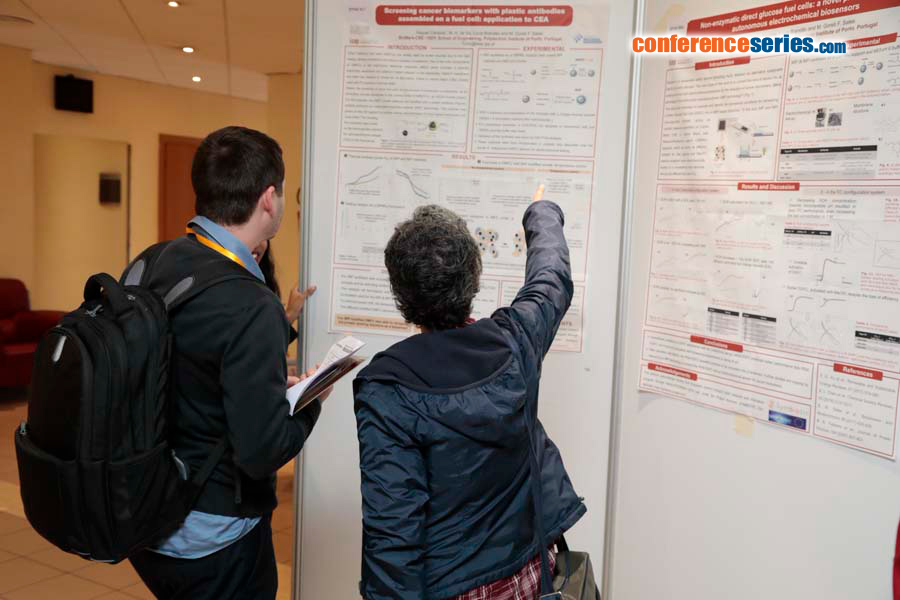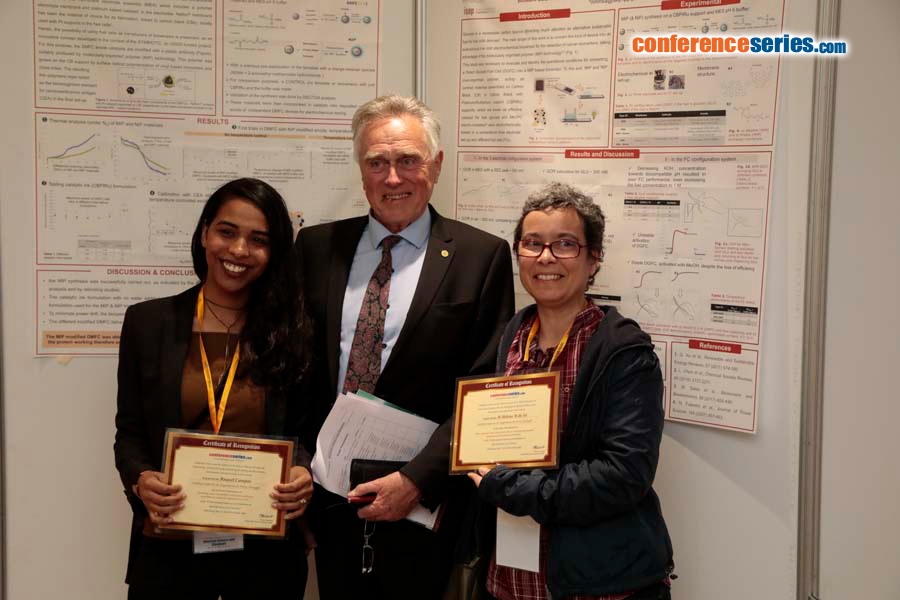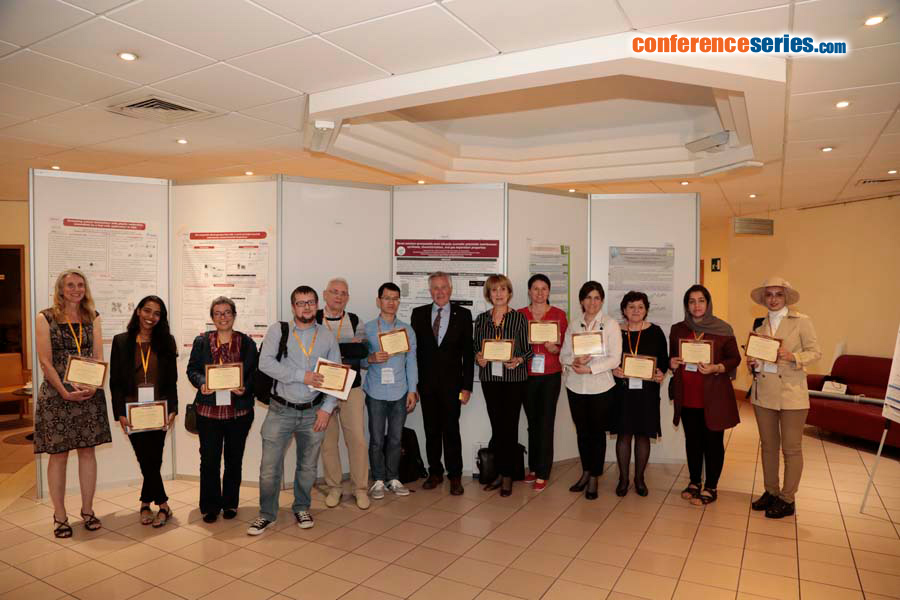
M Helena M de Sá
Instituto Superior de Engenharia do Porto, Portugal
Title: Non-enzymatic direct glucose fuel cells: A novel principle towards autonomous electrochemical biosensors
Biography
Biography: M Helena M de Sá
Abstract
Glucose is a renewable carbon source that has attracted much attention as alternative sustainable fuel for fuel cells devices. Fuel cells directly convert chemical energy stored in fuels into electrical energy through electrochemical reactions and have been identified as one of the most promising technologies for the clean energy of the future. In recent years, the applications of this kind of device in medical field, in both exploratory research and prospective products, have intensified due to their multiple advantages over conventional batteries, including environmentally friendly character, easy availability, biocompatibility and high security. The main target of this work is to convert this kind of device into an autonomous low cost electrochemical biosensor for the detection of cancer biomarkers, taking advantage of the molecular imprinting technology. In this technique molecularly-imprinted polymers (MIPs) contain tailor-made binding sites that are complementary to the template molecules used in the imprinting stage. Cancer, along with other diseases, may be diagnosed by biomarker detection using conventional tests that have limited application in low-resource settings due to the use of bulky and expensive instrumentation, putting in evidence the advantages of the device we want develop, which will simply need a drop of the patient fluid and a drop of fuel (glucose solution) to allow its use and a quick-response in point-of-care. The purpose of the present study was to evaluate and identify the operational conditions for converting a direct glucose fuel cell (DGFC) into a biosensor. For this purpose, the conventional anode of the cell was modified by assembling a MIP layer on a carbon black with platinum/ruthenium support, which is a known effective catalyst for glucose and methanol electro-oxidation. The anode modifications were tested first in a conventional three electrode set-up by cyclic voltammetry (CV) and electrochemical impedance spectroscopy (EIS). Direct type polymer electrolyte fuel cell (Nafion® based), in which aqueous solutions of glucose and methanol fuels are directly supplied to the anode (DGFC and DMFC) were also evaluated. The preliminary data stemmed from these studies show great potential and further research is on-going in order to put a MIP modified DGFC working as an electrochemical biosensor.
Graphic representation of the electrically autonomous sensory platform






